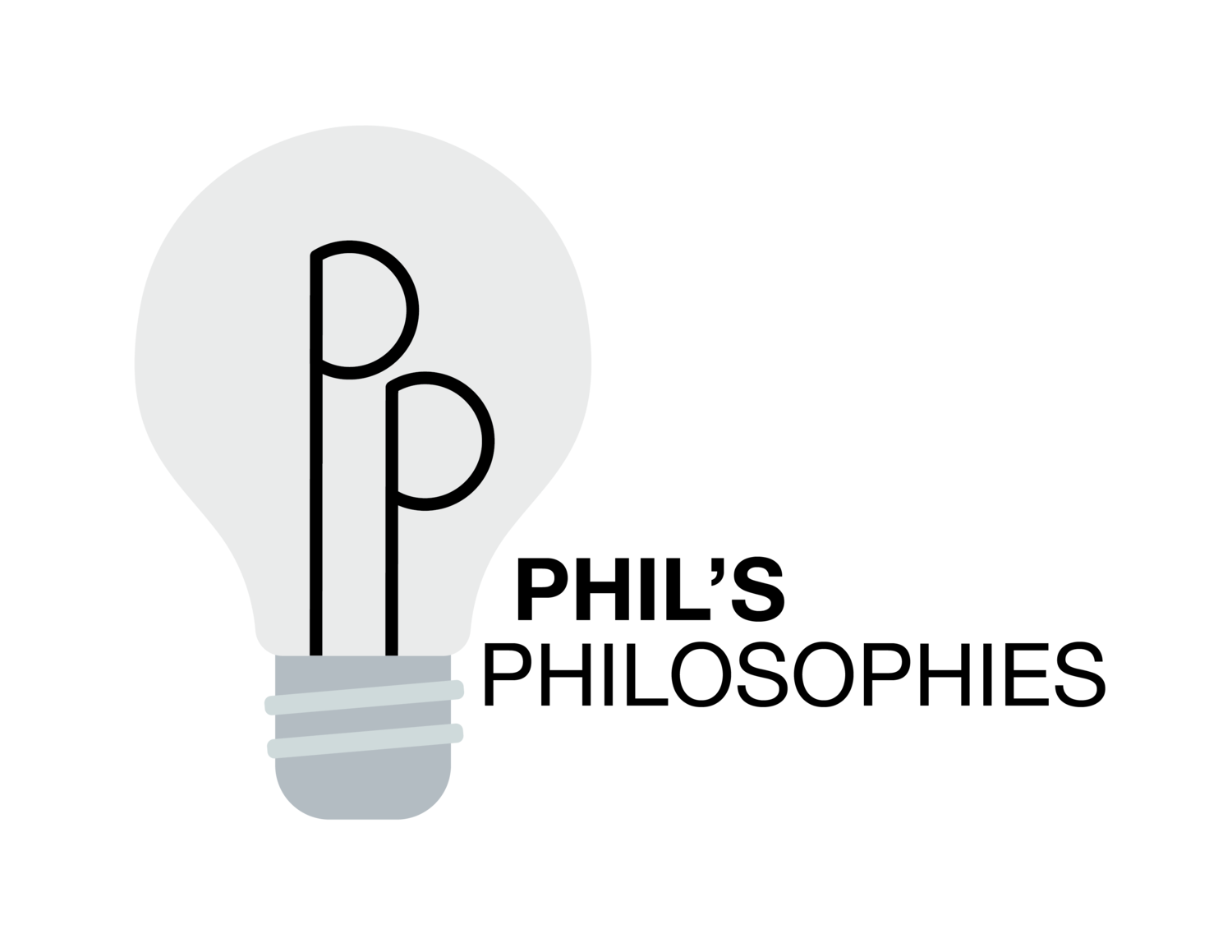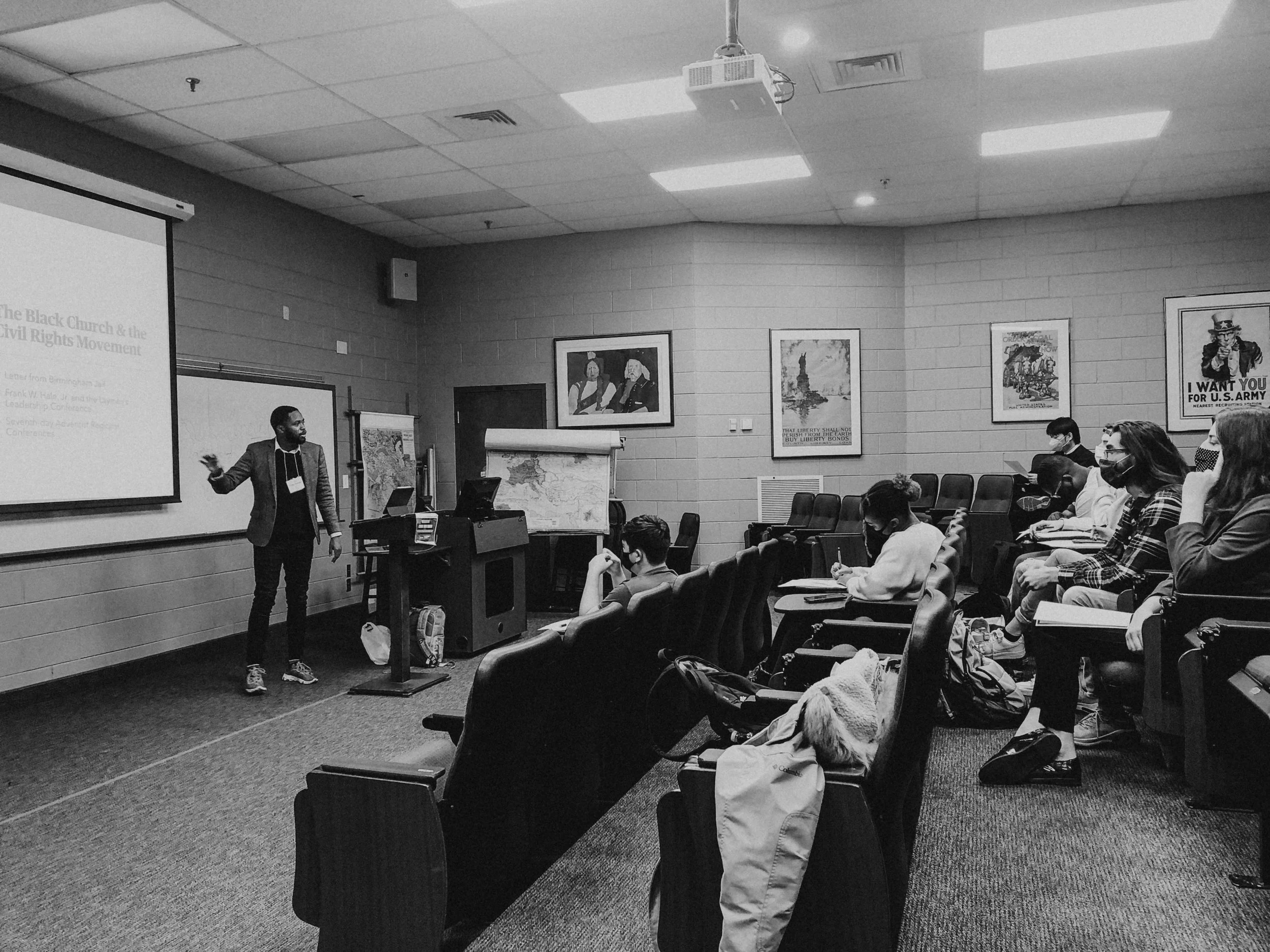The last time I was in Collegedale, Tenn. to teach, I was a twenty-two year old recent student leader and completely unsure of who I was to become and what I was supposed to do. For most of my life, I felt forced to teach, as if I was made for one thing and that thing only—my other skills and interests often felt ignored by those around me or those I let into my inner circle. By Thanksgiving of that semester, I rejected the idea of teaching and for the next year, I was forced to find the other things I was actually passionate about.
According to the American Historical Association’s annual jobs report, about 25 percent of historians work outside academia. Ever since I embarked on this journey, I’ve been looking for ways to engage with the world outside of a classroom, but that hasn’t meant that I would all together dump the opportunity to become a professor.
I cannot overstate how important it is for twenty-first century historians to learn valuable digital skills that will help them better engage with the public. You can’t just be a lecturer, researcher, and producer of scholarly monographs (not that these skills aren’t valuable, but the historian who’s aiming for a job to do only these things is sorely missing out and may be ill prepared to take jobs outside the professorate). After all, what does locking yourself in your office actually do for those we wish to radically transform?
I’ve found a lot of joy in digital documentation and storytelling, prioritizing my love of photography and filmmaking alongside my insatiable need to contextualize the world I’m living in. Without these skills, I’ve feared that the world as it is would be stale to me.
I promised myself that I would only engage in the deeply personal art of teaching if my creative juices had had ample opportunity to grow and develop alongside my intellectual musings.
I must nurture all sides of what it means to not only be a creative person, but a scholar as well. It’s nonnegotiable.
Last week, I found myself in a lecture hall at my alma mater doing the very thing I rejected just three years prior. I promised myself I would only teach on my own terms, not to fulfill anyone else’s expectations. A former professor of mine gave me the chance to return and share some things I’d been learning.
Here are five things I learned as a professional historian-in-training at my first guest lecture experience at Dr. Lisa Diller’s (a great mentor and friend) Church History course at Southern Adventist University:
I. Teaching is fun? (Whoa, now). I found myself enjoying the looks of good disbelief on students’ faces as they indulged with me. I definitely had to re-orient myself with teaching in a non-HBCU space, however. After their first few minutes of mute acceptance of my information, I had to continue challenging the students to respond by raising their hands or spending a moment to think about the information. Get verbal! In my course on Howard University’s campus, I’ve been used to fellow students’ responses around me (imagine the “Hmmphs”; “Preach, Preacha!”; “WOW!” and other expressions at a Black church, for example, but in a classroom made up of mostly Black students of all ages). Code-switching is fun, sometimes. I enjoyed the challenge of trying to make certain points connect with students by referencing things they would know versus things that only those who looked like me would know.
II. “Never give meat to a baby; always give them milk, and you’ll never lose them.” - Malcolm X, 1955. Okay, so I’m not expressing that upperclassmen undergraduates are “babies,” but I definitely wanted to ensure that I didn’t give so much heavy, hard-hitting information that I had their eyes glossing over with information overload. Almost every Keynote slide I presented could have been its own unique class lecture, and I was trying to get these students a five-course meal when some of them still could’ve been working on the appetizer. That’s the thing about us historians. We’re often quick to assume that everyone knows what we’re talking about, or we spend way. too. much. time. on a single subject.
III. I’m my own worst critic. Get outta your head! I knew this already, but after you’ve done something like this, it’s easy to sit back and critique yourself to the point of impairing yourself. I had about an hour to give these impressionable students some discussion points from what I’ve been learning in my “History of the Black Church” course at the School of Divinity at Howard University. What I’d been learning up to this point, I somehow was trying to condense into sixty minutes. So no, I didn’t hit my goal and get through all of my interactive activities and Keynote slides, but most importantly, it really seemed like these students enjoyed the information and could glean something from it. As a guest (and resident perfectionist), that’s the best thing you can hope for. It was only the first time. They’ll be plenty more opportunities.
IV. You most definitely should add this to your CV/resume—no matter how small of an audience or where the institution is. Learning *is* CV-worthy. One of my mentors, Dr. Linda Tym, was kind enough to take some time out of her schedule and visit my guest lecture. When I tried to make little of what I was doing, she reminded me that moments like these—teaching in front of an audience during my graduate school studies—was worth putting on my CV (a fancy, professional word academics use for resume). It was a reminder that the things that I think are just “cool moments” are really a chance to showcase how I’m professionally growing as a historian. Whether you’re a historian or not, I think it’s really important to consider some of the things we’ve done and to consider how these experiences have shaped our careers. All of these are moments of growth. Treat them like they are by adding them to your list of accomplishments.
V. It’s not just you and the text in a library alone anymore. Embrace your burden to share with the public! I’ve spent a year and a half in my apartment here in Washington, D.C. I still haven’t met any of my classmates in-person and the only course I’ve ever had in-person hasn’t even been on the main campus. For me to be a facilitator of information after a year at home was a truly humbling experience. I could see the ways I had changed as a scholar just by the way I was showcasing information. I didn’t feel like the twenty-two-year-old who had essentially wanted to leave academia permanently behind for creative pursuits. I felt, after this experience, that there was space for both of my selves to co-exist—to be fully acknowledged and to keep growing.
Lastly, I’m grateful to Dr. Lisa Diller for her willingness to entrust me to her students. Thanks so much to Dr. Linda Tym, whose advice, love, and support have been like a lifeline to me. And a very special thank you to Professor Alva James-Johnson, who not only came to class a mentor and friend, but came as engaged as the students were.
And to Dr. Renee Harrison, my Howard University professor, who has taught me that we don’t just do things in silos. The Black experience in America is a story of collective and creative resistance, and a challenge to be something bigger than our worst difficulties.

